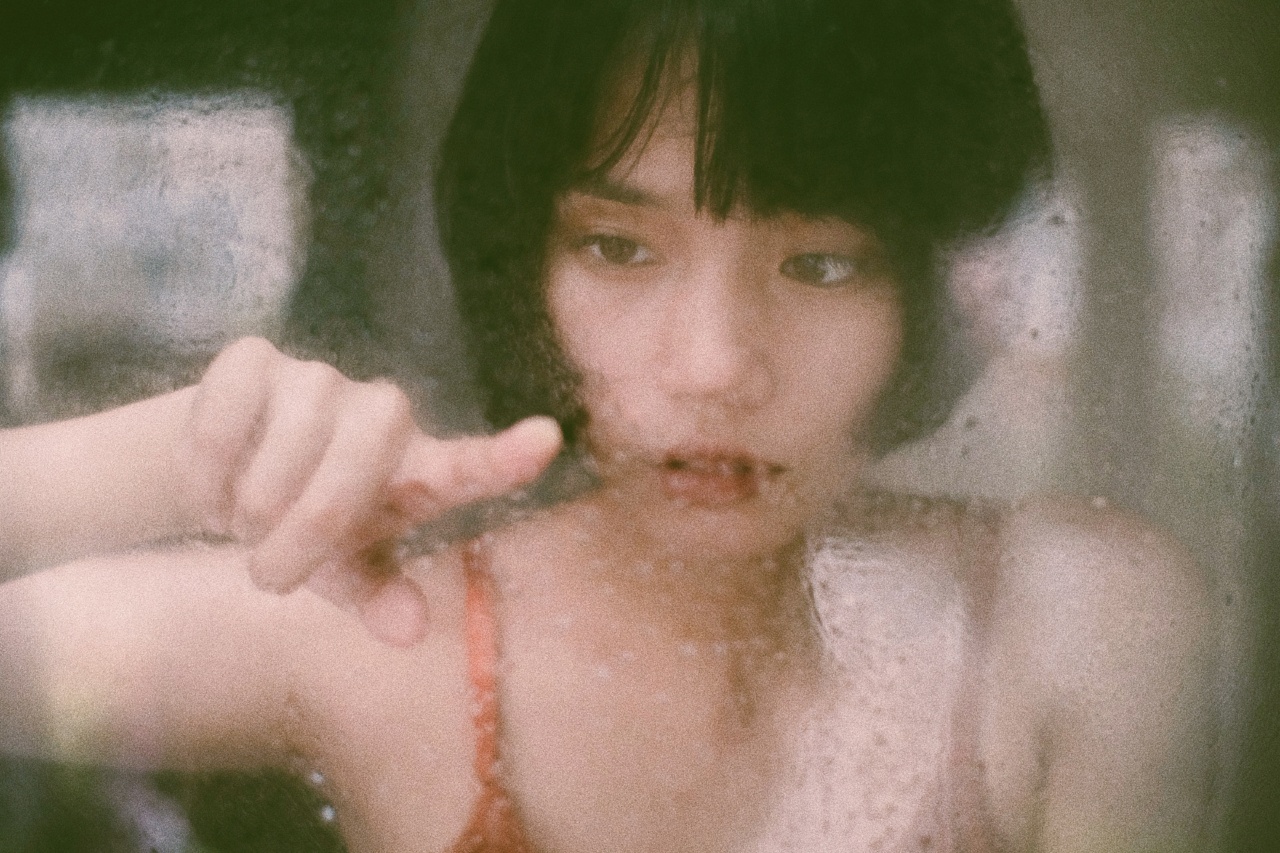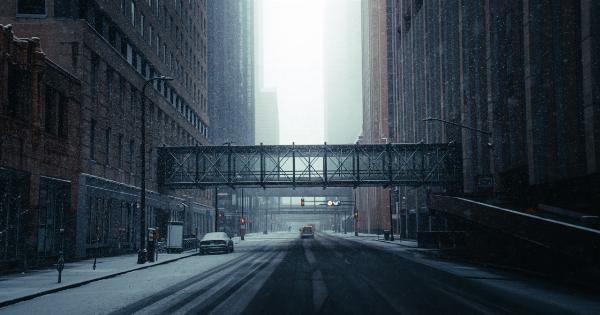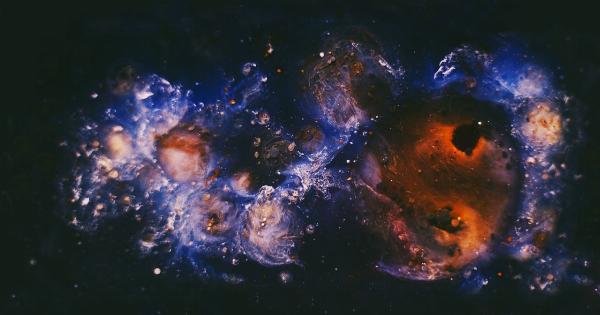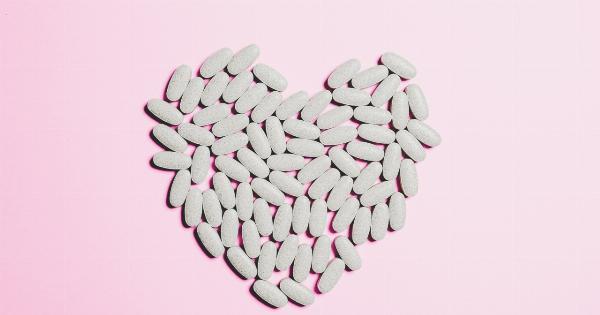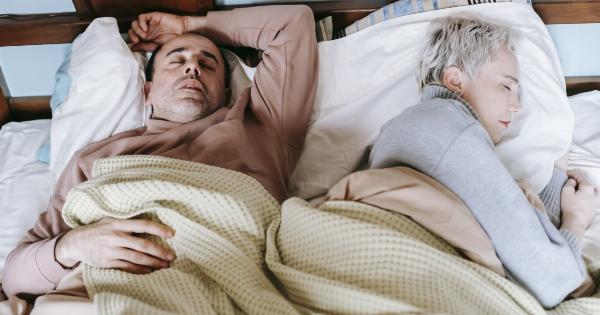Depression is a common mental illness that affects many individuals. It is characterized by persistent feelings of sadness, hopelessness, and low energy.
While there are many treatment options available for depression, some individuals have turned to light therapy as an alternative form of treatment. However, recent studies have suggested that exposure to certain types of light can have negative effects on individuals with depression.
In this article, we will discuss the dangers of light therapy for individuals suffering from depression and what steps you should take to protect yourself.
What is light therapy?
Light therapy is a form of treatment that involves exposing individuals to bright light for a specific period of time. The goal of light therapy is to help regulate circadian rhythms, improve mood, and alleviate symptoms of depression.
Light therapy is often used to treat Seasonal Affective Disorder (SAD), a type of depression that occurs during the winter months when there is less daylight.
Types of light therapy
There are several types of light therapy, including:.
- White light therapy: This involves exposure to a bright light box that produces white light.
- Blue light therapy: This involves exposure to a blue light box that emits a specific wavelength of light.
- Dawn simulator: This involves a light that gradually increases in intensity, simulating a sunrise.
The dangers of light therapy for individuals with depression
While light therapy has been shown to be an effective treatment for some individuals with depression, recent studies have suggested that exposure to certain types of light can have negative effects on individuals with depression.
Specifically, exposure to blue light has been linked to increased symptoms of depression and even suicidal thoughts.
One study found that individuals with Major Depressive Disorder (MDD) who were exposed to blue light experienced a significant increase in symptoms of depression compared to individuals who were exposed to white light.
The researchers suggested that blue light disrupts circadian rhythms, which can exacerbate symptoms of depression.
Another study found that individuals with depression who were exposed to blue light had increased activation in the prefrontal cortex, a region of the brain that is associated with negative emotions and thoughts.
The researchers suggested that exposure to blue light may increase negative thinking and worsen symptoms of depression.
How to protect yourself from the dangers of light therapy
If you are currently using light therapy to treat depression, there are steps you can take to protect yourself from the negative effects of blue light:.
- Use a white light box instead of a blue light box.
- Avoid using light therapy in the evening or at night, as this can disrupt sleep patterns.
- Consult with a healthcare professional before starting light therapy to determine if it is the right treatment option for you.
Conclusion
While light therapy can be an effective treatment option for individuals with depression, it is important to be aware of the potential dangers. Exposure to blue light has been linked to increased symptoms of depression and negative thinking.
If you are currently using light therapy to treat depression, it is important to use a white light box instead of a blue light box and to consult with a healthcare professional before starting treatment.
